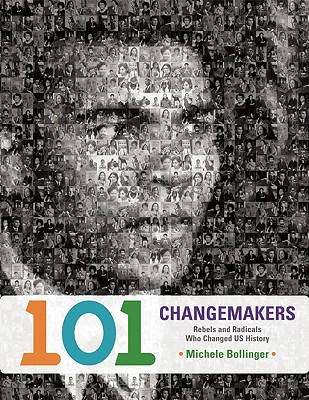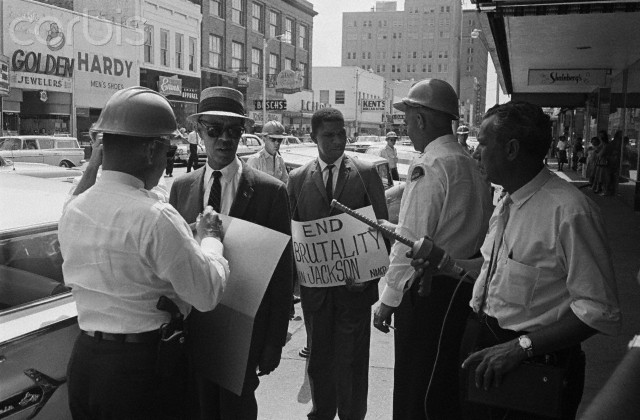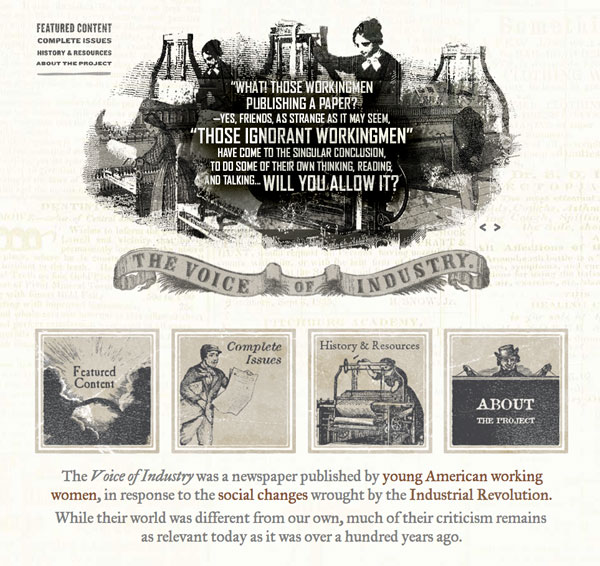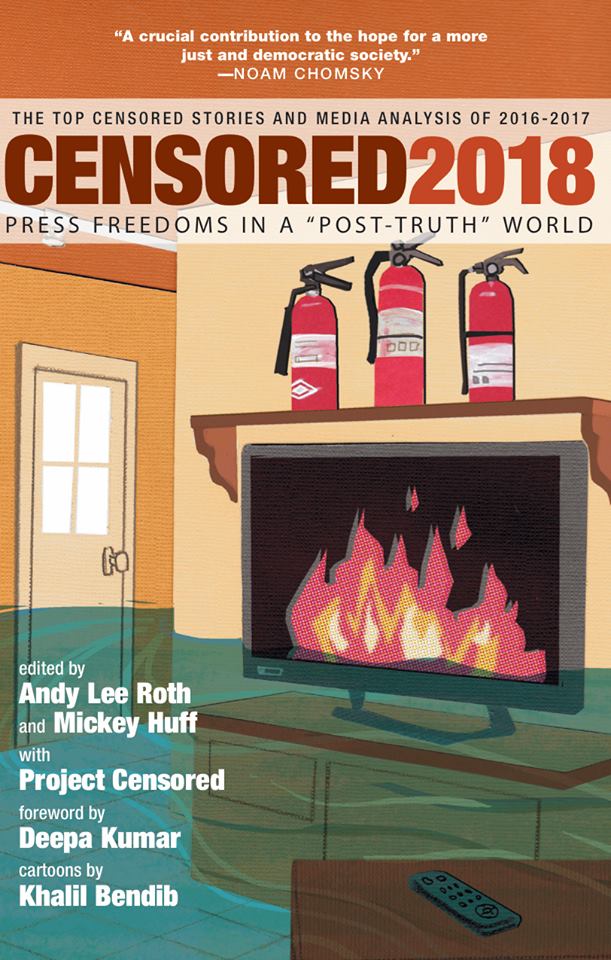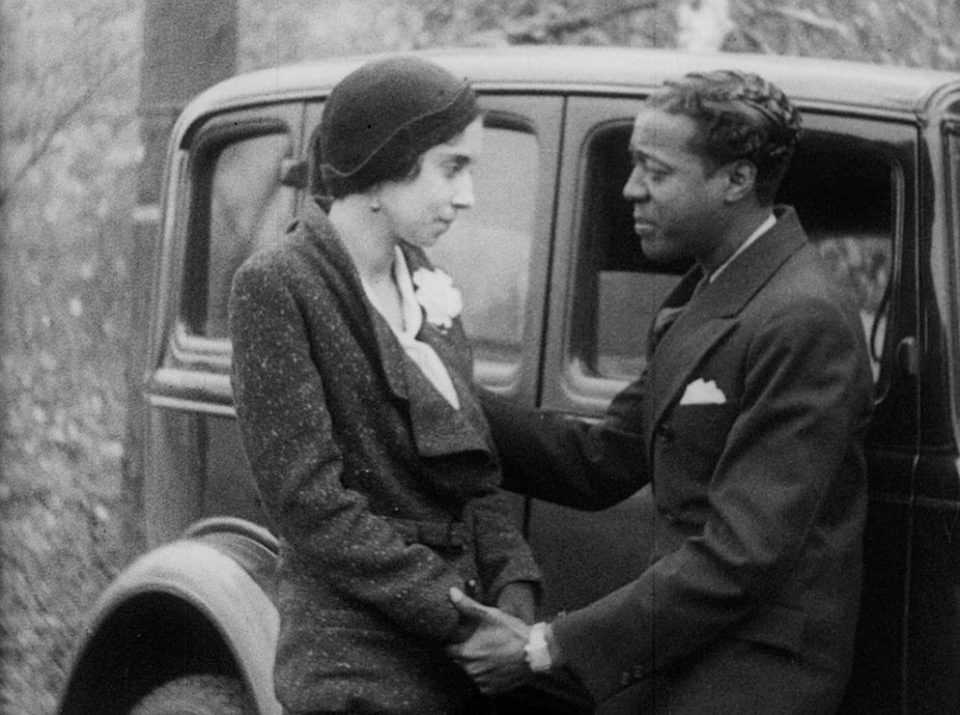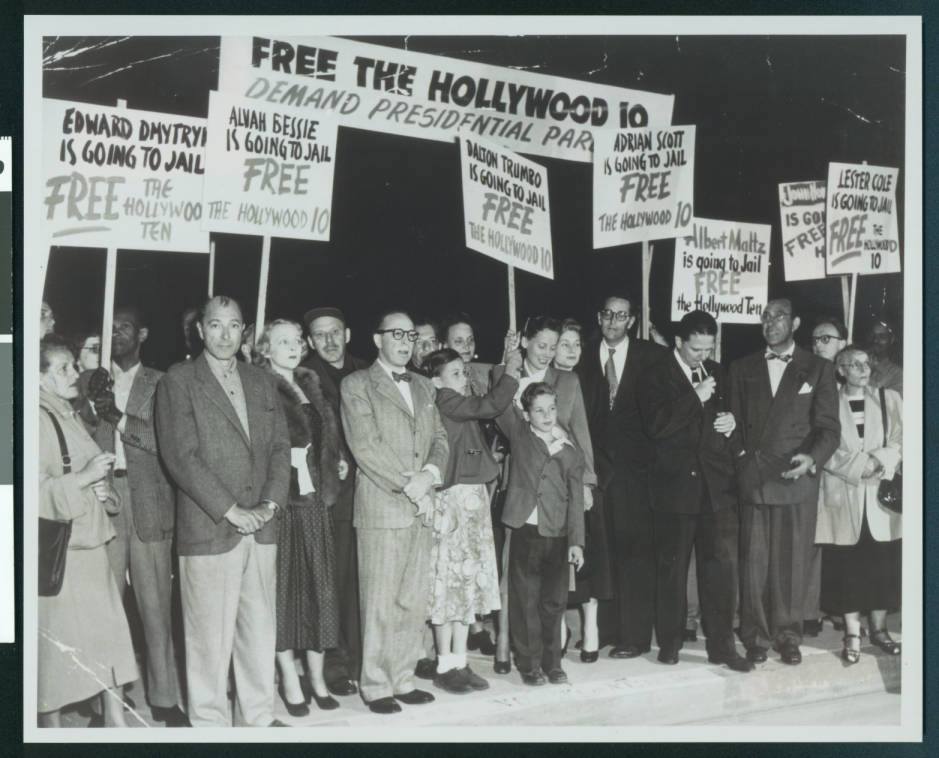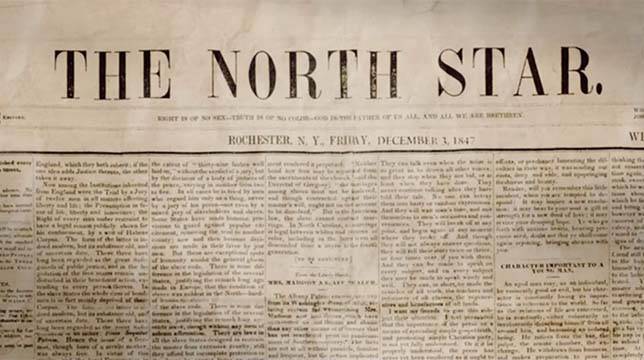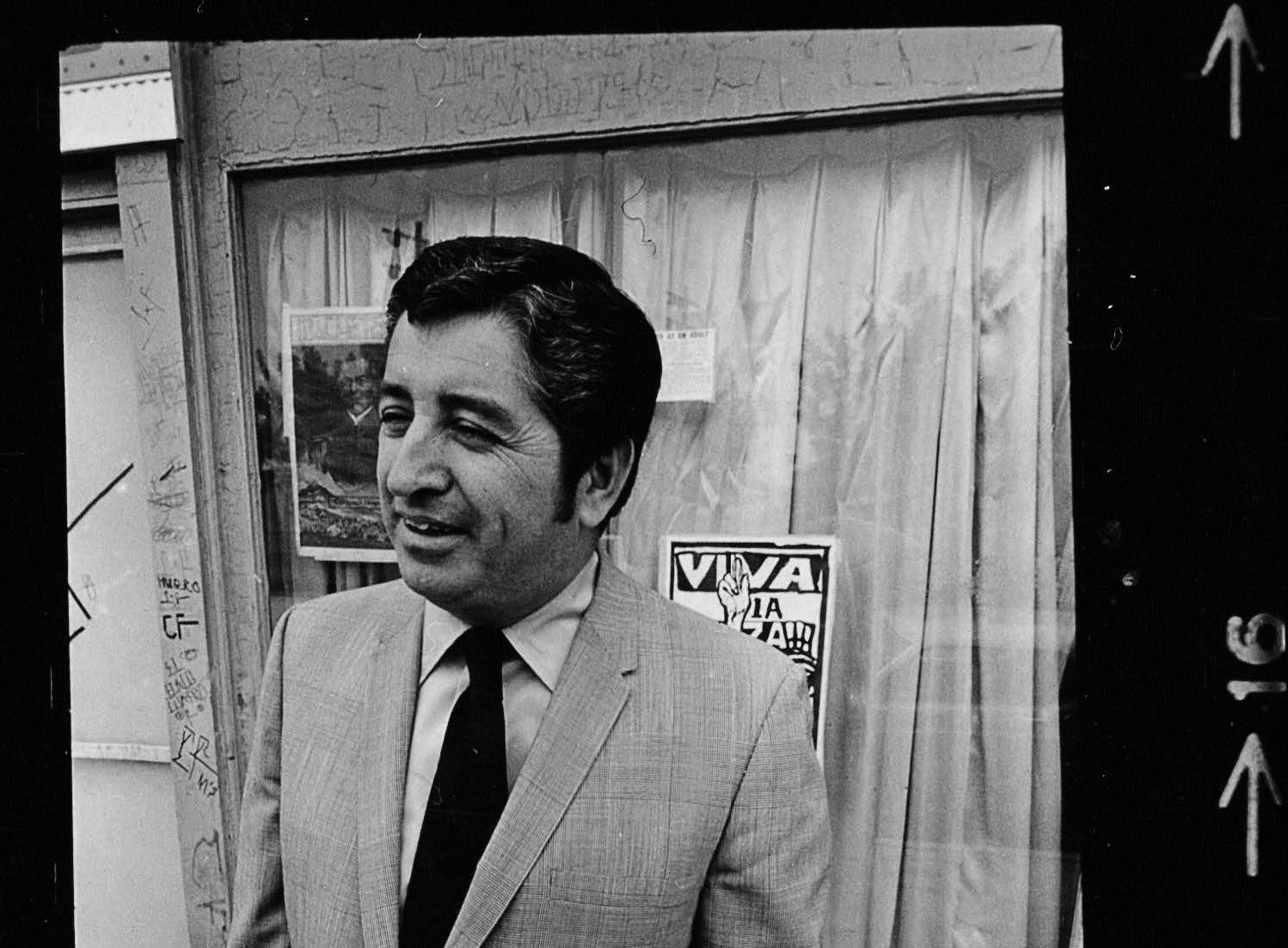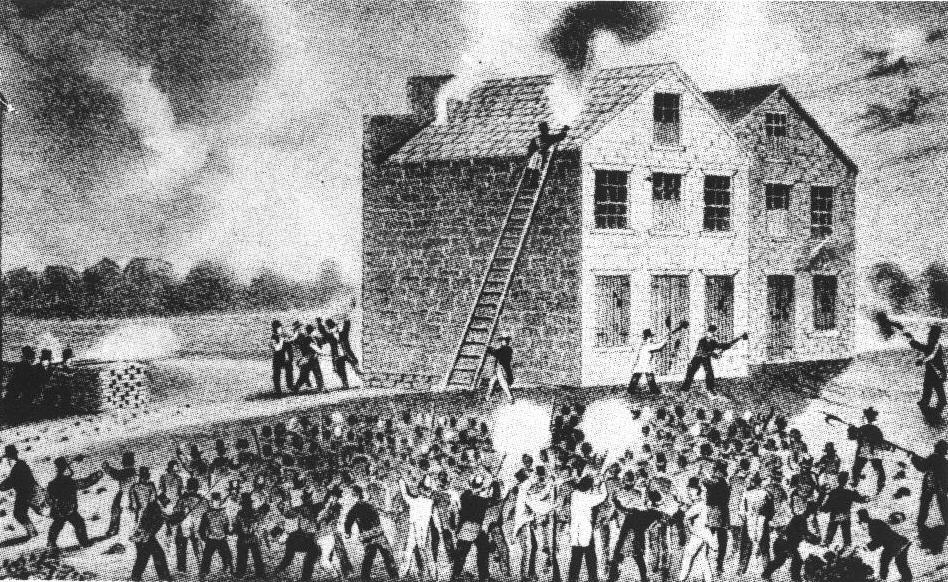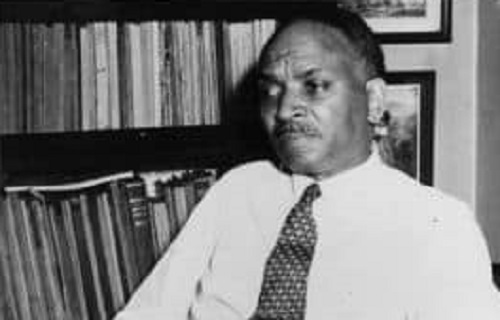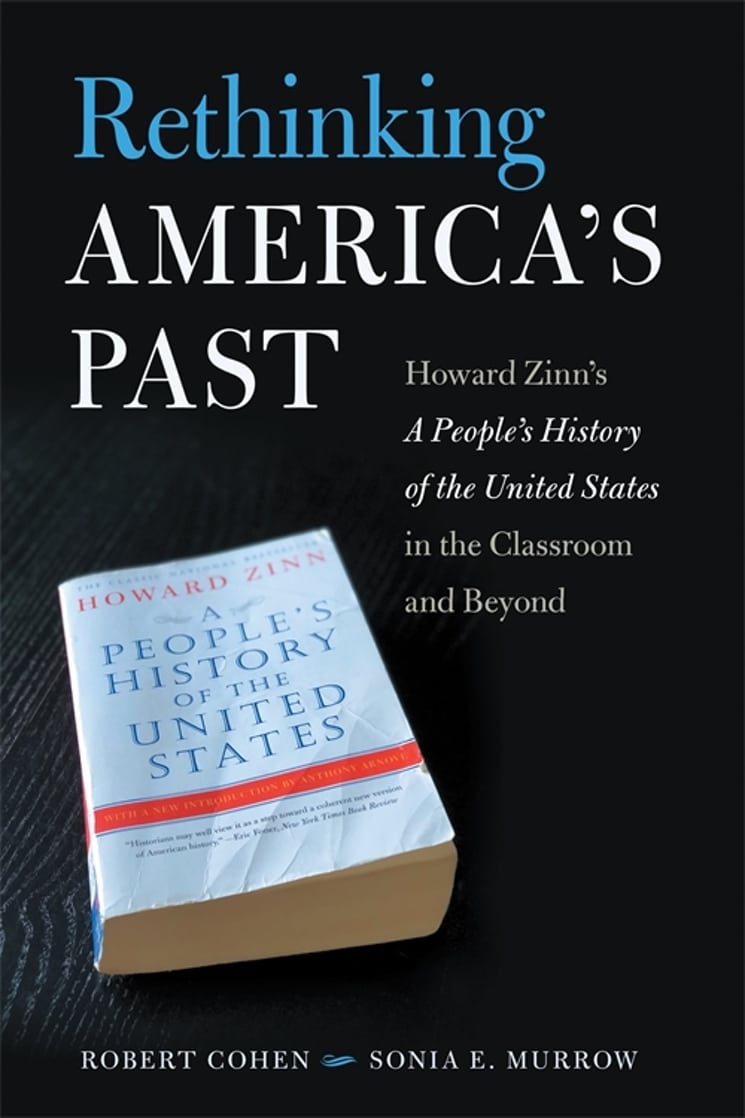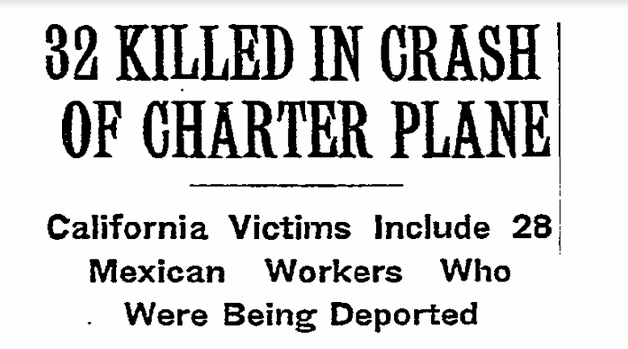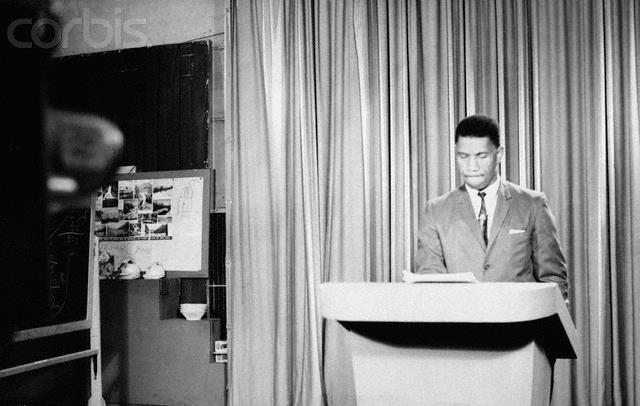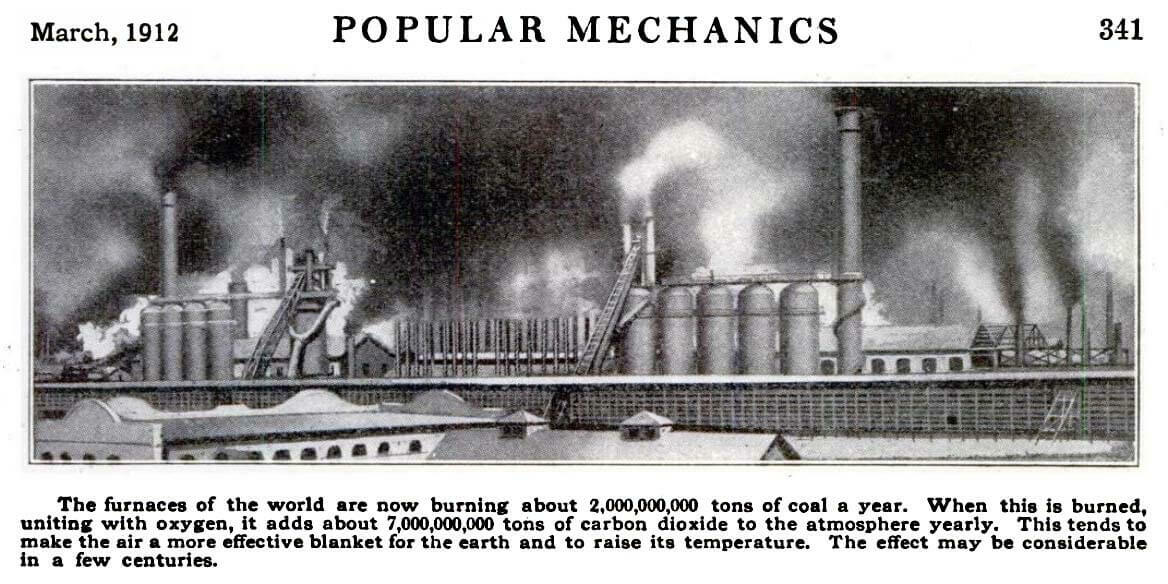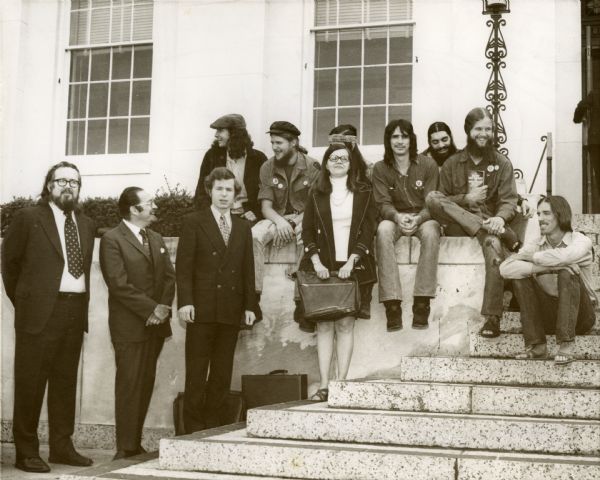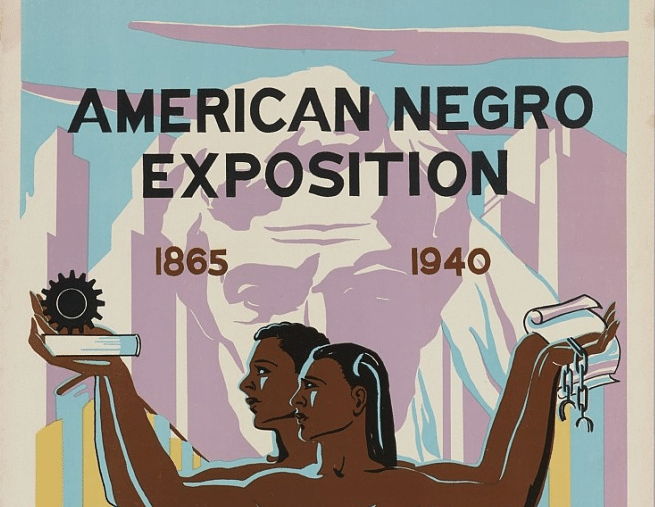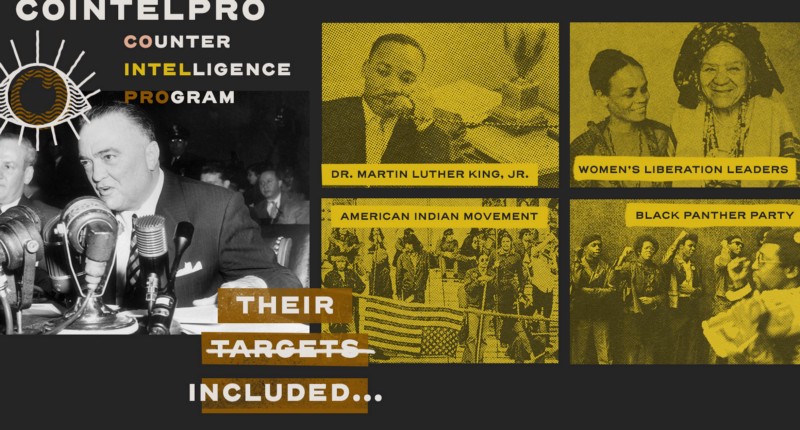Book — Non-fiction. By Michele Bollinger and Dao Tran. 2012.
A collection of 101 brief and accessible profiles of rebels, radicals, and fighters for social justice.
Continue reading
Profile. By Dernoral Davis.
Medgar Evers (July 2, 1925—June 12, 1963), Civil Rights Movement activist in Mississippi.
Continue reading
Digital collection. Records of the Voice of Industry newspaper, published by young women in Lowell, Mass. from 1845-1848.
Continue reading
Book — Non-fiction. Edited by Andy Lee Roth and Mickey Huff with Project Censored. 2017. 272 pages.
Annual collection of news stories that were underreported in the mainstream media.
Continue reading
Book — Non-fiction. By Simeon Booker with Carol McCabe Booker. 2013. 334 pages.
Chronicle by Simeon Booker, the first full-time African American reporter for the Washington Post and Jet magazine's White House correspondent, covering half a century of major events that transformed the United States.
Teaching Activity by Simeon Booker with Carol McCabe Booker
Continue reading
The Virginia Division of Motion Picture Censorship, which racists used to promulgate white supremacy and negative stereotypes of African Americans since 1922, ceased operations.
Continue reading
The “Hollywood 10” directors, producers, and writers who refused to testify at HUAC were held in contempt of Congress.
Continue reading
Frederick Douglass and Martin Delany launched the abolitionist North Star newspaper.
Continue reading
The National Chicano Moratorium March was held to protest the Vietnam War and Latino journalist Ruben Salazar was killed.
Continue reading
Minister, journalist, newspaper editor, and abolitionist Elijah Parish Lovejoy was murdered by a pro-slavery mob.
Continue reading
Entrepreneur Claude Albert Barnett launched the Associated Negro Press, or ANP, a nationwide and international news service that focused on current events, feature stories, opinions and other information important to African Americans but usually ignored by or unknown to white-owned mainstream media.
Continue reading
Book — Non-fiction. By Robert Cohen and Sonia E. Murrow. 2021. 344 pages.
The first work to use archival and classroom evidence to assess the impact that Zinn's classic work has had on historical teaching and learning and on U.S. culture.
Continue reading
Book — Non-fiction. Edited by Ben Wilkins. 2022. 216 pages.
A representative collection of Anne Braden's writings, speeches, and letters, from the relationship between race and capitalism, to the role of the South in U.S. society, to the function of anti-communism.
Continue reading
A plane crash near Coalinga, California, causing the death of 28 Mexican laborers and others, led to a popular song and belated recognition.
Continue reading
Medgar Evers made a 17-minute speech on WLBT in a rare and historic exception to the white supremacist only voice on Mississippi radio and television.
Continue reading
Francis Molina published an article in New York’s Popular Mechanics on March 1, 1912, which was then republished in New Zealand and other papers around the globe, becoming one of the first news items to directly connect increased coal burning, increased CO2 emissions, and increasing temperatures of the earth.
Continue reading
Members of the Vietnam Veterans Against the War (VVAW) were arrested and erroneously charged with inciting violence at the 1972 Republican National Convention in Miami. They were all later acquitted after a lengthy and much publicized trial.
Continue reading
To celebrate the 75th anniversary of the ending of slavery in the United States, the Black World’s Fair, also known as the American Negro Exposition, was held at the Chicago Coliseum from July through September 1940.
Continue reading
Picture book. By Shana Keller and illustrated by Laura Freeman. 2024. 40 pages.
Helps introduce young readers to the history of African American family members desperately trying to find their children, spouses, siblings, parents, and other loved ones during Reconstruction.
Continue reading
A cab driver, a day care provider, and two professors broke into an FBI office in Media, Pennsylvania, and stole more than 1,000 classified documents.
Continue reading
In the case of John T. Scopes vs. the State of Tennessee, the defendant, Scopes, was found guilty and fined $100 for teaching about evolution — which was illegal in the state at the time.
Continue reading

